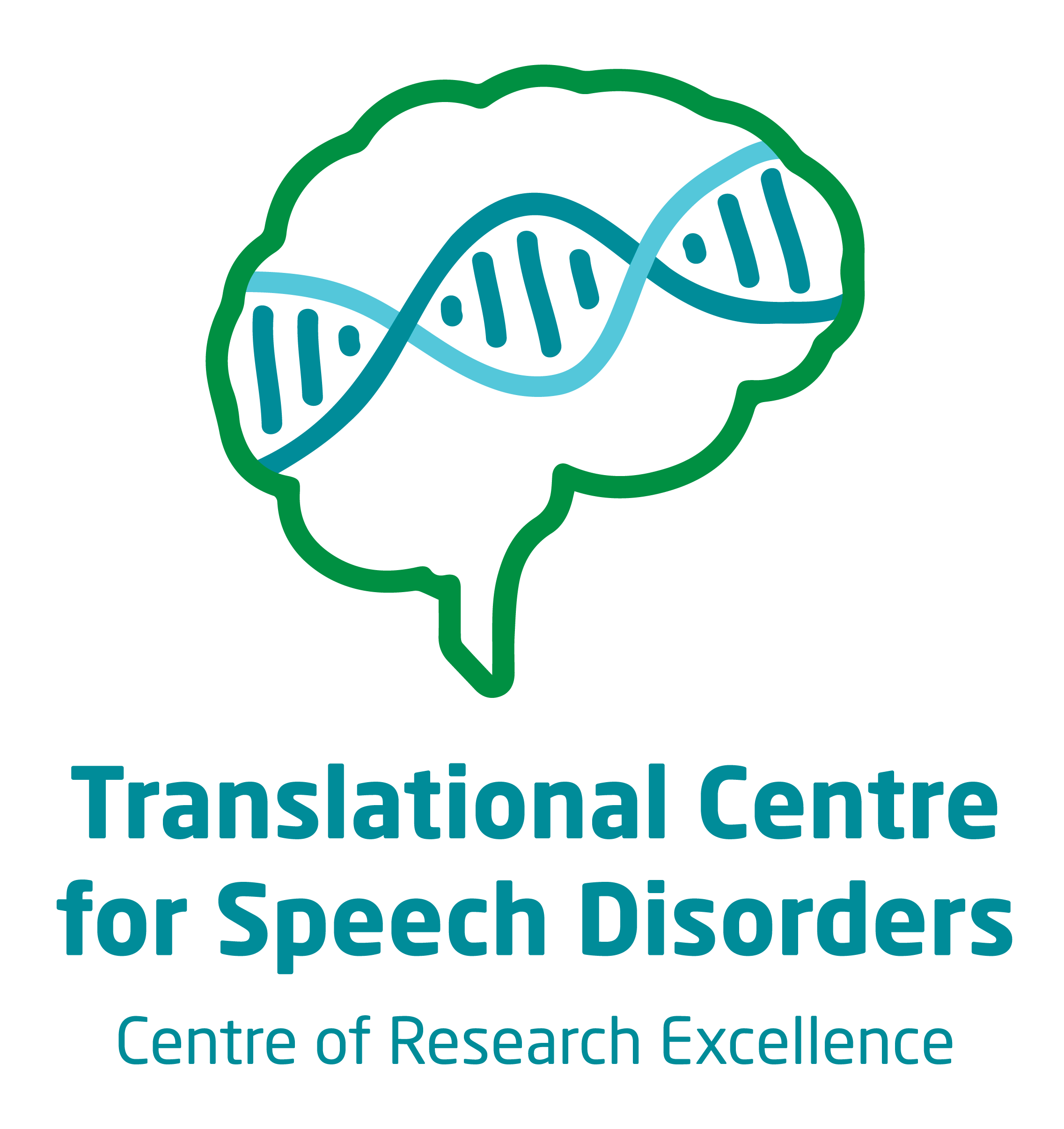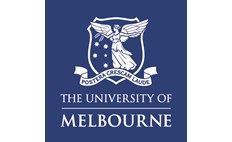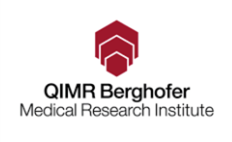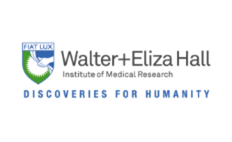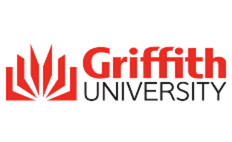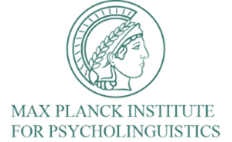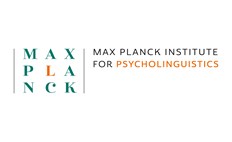GNAO1
What is a GNAO1-related disorder?
GNAO1 (G protein subunit alpha o1) is a protein-encoding gene located on chromosome 16q13. Protein-encoding genes are responsible for turning amino acids into proteins, which are vital for the functioning of cells throughout the body. Variations in the GNAO1 gene have been linked to epilepsy, motor impairment, cognitive impairment, and speech and language disorders.
Contact
For further information, do get in touch with the CRE Speech and Language team at:
Email: geneticsofspeech@mcri.edu.au
Phone: (03) 9936 6334
Frequently asked questions
Individuals with GNAO1 gene variations may experience a range of associated conditions, which can vary from mild to severe. GNAO1 variations are a known cause of epilepsy, including early-onset epileptic encephalopathy, which is a severe ongoing epileptic disorder beginning in infancy (1). As epilepsy in GNAO1 gene variations is more commonly seen in females, it has been suggested that there may be a sex-dependent aspect to it (2). GNAO1 gene variations can affect movement-related functioning, and have been implicated in motor developmental delay, movement disorders characterised by involuntary movements, oral dyskinesia (involuntary facial movements), and hypotonia (low muscle tone) (3-5). GNAO1 gene variations are also associated with cognitive impairment and intellectual disability, and speech and language delay or disorder (1-8).
Individuals with GNAO1-related speech and language disorders will vary greatly depending on other associated health or developmental conditions and their severity. We do know that GNAO1 gene variations are linked with delays in communication development, meaning that individuals with these gene variations are unlikely to meet typical communication milestones at the same age as their peers.
Again, there is much variation between individuals with GNAO1-related speech and language disorders. Of cases presented in the literature so far, some were nonverbal or minimally verbal (using few or no spoken words) (2), some used augmentative and alternative communication (AAC) devices to support their communication (5), and some showed features of Childhood Apraxia of Speech (CAS), which is a motor speech disorder affecting production, sequencing, and stress of speech (8).
We are currently studying how individuals with GNAO1-related speech and language disorders develop speech over time. There is considerable variability between individuals. They may not develop verbal speech but may instead communicate using AAC devices, they may use a combination of verbal speech and AAC devices, or they may solely use verbal speech.
As there is considerable variability between individuals, there is no typical rule as to whether or not individuals with GNAO1-related speech and language disorders attend mainstream schools. This is decided on a case-by-case basis depending on the individual’s intellectual capabilities, severity of symptoms, level of care required, and so on. Necessary support may include altered access to the curriculum, a classroom aide, and ongoing speech pathology intervention.
There is no targeted treatment for GNAO1-related speech and language disorders. At present, speech and language therapies are focused on the individual’s communication needs and the goals for the individual and for the family. A speech pathology assessment will highlight the areas requiring intervention.
Individuals who are nonverbal or minimally verbal may benefit from AAC options such as picture-exchange systems or electronic devices.
There are a number of evidence-based treatments for CAS, such as the Nuffield Dyspraxia Programme version 3 (NDP-3) and the Rapid Syllable Transition Treatment (ReST) (9) which may be beneficial for some individuals.
Individuals who have delayed language may benefit from an early intervention program targeting early language development.
For information and support on childhood apraxia of speech: https://www.apraxia-kids.org
References
- Menke L.A., Engelen, M., Alders, M., Odekerken, V.J., Baas, F., Cobben, J.M. (2016). Recurrent GNAO1 mutations associated with developmental delay and a movement disorder. Journal of child neurology, 31(14), 1598-1601.
- Schorling, D.C., Dietel, T., Evers, C., Hinderhofer, K., Korinthenberg, R., Ezzo, D., et al. (2017). Expanding phenotype of de novo mutations in GNAO1: four new cases and review of literature. Neuropediatrics, 48(05), 371-377.
- Saitsu, H., Fukai, R., Ben-Zeev, B., Sakai, Y., Mimaki, M., Okamoto, N., et al. (2016). Phenotypic spectrum of GNAO1 variants: epileptic encephalopathy to involuntary movements with severe developmental delay. European Journal of Human Genetics, 24(1), 129-134.
- Ananth, A.L., Robichaux-Viehoever, A., Kim, Y-M., Hanson-Kahn, A., Cox, R., Enns, G.M., et al. (2016). Clinical course of six children with GNAO1 mutations causing a severe and distinctive movement disorder. Pediatric neurology, 59, 81-84.
- Malaquias, M.J., Fineza, I., Loureiro, L., Cardoso, L., Alonso, I., Magalhães, M. (2019). GNAO1 mutation presenting as dyskinetic cerebral palsy. Neurological Sciences, 40(10), 2213-2216.
- Kelly, M., Park, M., Mihalek, I., Rochtus, A., Gramm, M., Pérez‐Palma, E., et al. (2019). Spectrum of neurodevelopmental disease associated with the GNAO1 guanosine triphosphate–binding region. Epilepsia, 60(3), 406-418.
- Marcé-Grau, A., Dalton, J., López-Pisón, J., García-Jiménez, M.C., Monge-Galindo, L., Cuenca-León, E., et al. (2016). GNAO1 encephalopathy: further delineation of a severe neurodevelopmental syndrome affecting females. Orphanet journal of rare diseases, 11(1), 38.
- Hildebrand, M.S., Jackson, V.E., Scerri, T.S., Van Reyk, O., Coleman, M., Braden, R.O., et al (2020). Severe childhood speech disorder: Gene discovery highlights transcriptional dysregulation. Neurology.
- Murray, E., McCabe, P., Ballard, K.J. (2015). A randomized controlled trial for children with childhood apraxia of speech comparing rapid syllable transition treatment and the Nuffield Dyspraxia Programme–Third Edition. Journal of Speech, Language, and Hearing Research, 58(3), 669-686.

